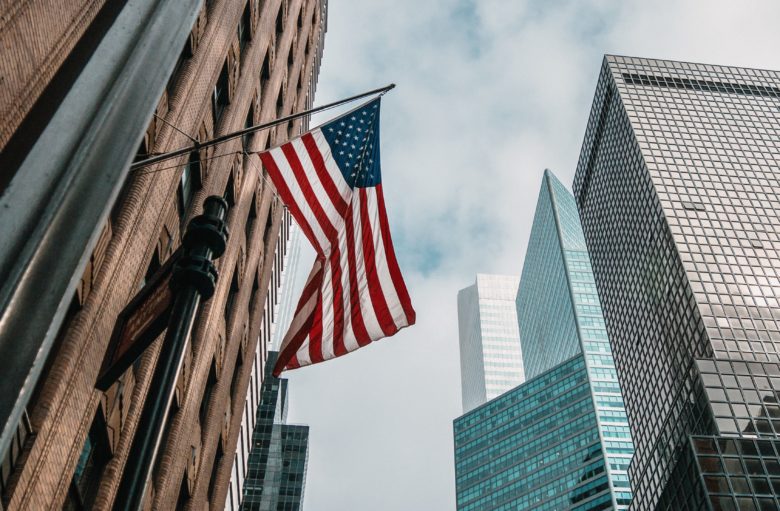6.8%: US inflation reaches its highest level in 39 years

These are numbers that lead to fear of bad things coming: starting, of course, from the United States, reports are currently sloshing around the globe that the inflation rate in the United States has reached its highest level since 1982. The value reached 6.8% in November, which is again more than in October. The inflation rate has thus reached a level that it has not been at for almost 40 years.
This means that consumer prices in November were on average 6.8% higher than in November 2020. The prices of food, energy, and housing are particularly affected – things that particularly affect poorer layers of society.
This new value will force the US Federal Reserve, or Fed for short, to intervene more quickly. At a meeting next Wednesday, December 15, the Fed could decide that asset purchases could shut down faster than previously planned. In October these purchases were worth $120 billion, and in November it was announced that purchases would be reduced by $15 billion a month.
It is now expected that this value will be reduced more significantly. The next measure is considered likely that the Fed will raise interest rates. This is considered to be the most important lever used by central banks to combat excessive inflation. So far there was still the opinion that the high inflation rate was only a temporary consequence of the Corona crisis, in which large amounts of fresh money were put into circulation. Now the Fed is no longer talking about a “temporary” phenomenon.
The risk of stagflation increases
A worsening situation in terms of inflation rates is also to be expected in Europe. In November the inflation rate in Austria climbed to 4.3%, the highest level in 29 years, in the eurozone the value is already 4.9%, in Germany, it rose to 5.2% in November. Things are no better for the countries in Southeastern Europe, where Romania’s central bank decided to raise its inflation forecast for 2021 to 7.5%, way above the upper end of its target band of 1.5-3.5%, due to a fast rise in energy prices.
At the same time, economists see the problem of so-called stagflation – a very rare phase in an economic activity where a stagnating economy (there are again lockdowns, slowed down supply chains, more unemployed people, less purchasing power) meets rising monetary devaluation. Faltering demand meets faltering supply – an uncanny mix.
For those who drum up investments in crypto assets, stocks, ETFs, precious metals, and real estate, the rising inflation values are of course grist on the mill. When money is devalued, those providers who have alternatives to fiat money in their portfolio are usually in great demand. So it remains to be seen how the prices of shares and crypto assets will develop on the stock exchanges in the USA.





























